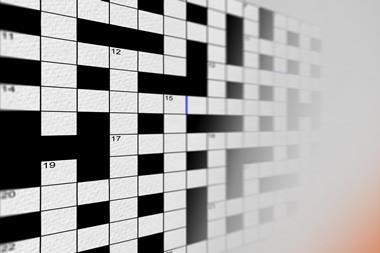A new text on colloidal chemistry, but is its appeal more than skin deep?
A new text on colloidal chemistry, but is its appeal more than skin deep?
Colloids and interfaces with sufactants and polymers: an introduction
Jim Goodwin
Chichester: Wiley 2004 | Pp 285 | ?29.95 | ISBN 0471841435
Reviewed by Eric Dickinson
A rudimentary knowledge of colloid and interface science is essential for all applied chemists as well as many applied physicists and material scientists. Under the more fashionable names of ’nanoscience’ and ’nanotechnology’, much of the most advanced and exciting current physico-chemical research on the organisation of surface-active molecules and macromolecules involves an ability to exploit the basic principles and methodology of colloid science.
Jim Goodwin’s combined experience as a university teacher and researcher shines through brightly in this accessible and readable book. Reflecting the author’s Bristol pedigree, the various sections on rheology, adsorbed polymer layers and concentrated dispersions are especially authoritative.
Colloid science is a practical subject. Fittingly, this book is written from the point of view of a practitioner. Hence it is a significant achievement that the author has successfully included fresh treatments of traditional theoretical topics like the electrical double-layer, colloidal interactions, wetting behaviour and light scattering, as well as mentioning more recent advances in polymer science, statistical mechanics and the use of neutrons. Summaries and ’calculation strategies’ assist in providing coherence and ’hands-on’ relevance to several of the chapters. The diagrams and explanations are quite clear, while not oversimplified.
Not surprisingly, for a small book, the favourite topics of some potential readers are absent. There is very little on foams and gels, and almost nothing on computer simulation, confocal microscopy, or electroacoustical methods. This reviewer welcomes the section on depletion interactions, largely ignored in most existing introductory texts. But I was a little disappointed with the clarity of the explanation of the depletion phenomenon; in particular, I found the single schematic diagram purporting to explain it a trifle confusing.
I was puzzled also by the brevity of the subject index. Amongst the many obvious missing entries I noted were AFM, emulsifier, fractal, gelation, Laplace pressure, semi-dilute solution, theta solvent, and ultrasound. The reason for the book’s single plate is another puzzle, since it simply repeats in colour what seems like an innocuous and unambiguous black-and-white diagram (Fig. 2.14).
Overall, though, the book is good value for money. I will certainly recommend it to my own students, even though they will find some of the mathematics rather demanding.












No comments yet